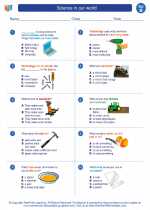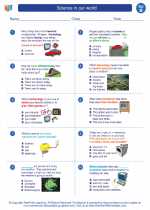Stellar Phenomena: An Overview
Stellar phenomena refer to the various natural events and occurrences that take place within stars, such as the Sun, and other celestial bodies. These phenomena are driven by the complex interactions of matter, energy, and forces within the stars, and they play a crucial role in shaping the universe as we know it. Understanding stellar phenomena is essential for astronomers and scientists to comprehend the dynamics of stars and their impact on the cosmos.
Types of Stellar Phenomena
There are several types of stellar phenomena that are of significant interest to scientists:
- Solar Flares: These are sudden flashes of brightness observed near the Sun's surface, caused by the release of magnetic energy.
- Supernovae: These are incredibly powerful and explosive events that occur during the death of massive stars, leading to the ejection of most of the star's material into space.
- Stellar Winds: These are streams of charged particles emitted from the upper atmosphere of a star. They play a crucial role in the evolution of stars and the formation of planetary systems.
- Black Holes: These are regions in space where the gravitational pull is so strong that nothing, not even light, can escape. They are formed from the remnants of massive stars after a supernova explosion.
- Nova: An astronomical event that causes the sudden appearance of a bright, new star that slowly fades over several weeks or many months.
Study Guide for Stellar Phenomena
To understand stellar phenomena, it is important to cover the following key concepts:
- Formation of Stars: Learn about the process of star formation, including the role of gravity, gas clouds, and nuclear fusion in creating stars.
- Life Cycle of Stars: Explore the different stages of a star's life, from its birth in a nebula to its potential transformation into a black hole or a white dwarf.
- Energy Production: Understand how stars produce energy through nuclear fusion and the impact of this process on their stability and lifespan.
- Impact on the Universe: Investigate how stellar phenomena, such as supernovae and black holes, influence the formation of galaxies, planetary systems, and the distribution of elements in the universe.
- Observational Techniques: Familiarize yourself with the observational methods and instruments used by astronomers to study stellar phenomena, such as telescopes, spectroscopy, and space-based observatories.
By delving into these concepts and exploring the latest developments in astrophysics and astronomy, you will gain a deeper understanding of the captivating and awe-inspiring phenomena that shape the cosmos.
Good luck with your stellar phenomena studies!
.◂Science Worksheets and Study Guides Second Grade. Science in our world

 Worksheet/Answer key
Worksheet/Answer key
 Worksheet/Answer key
Worksheet/Answer key
 Worksheet/Answer key
Worksheet/Answer key
 Vocabulary/Answer key
Vocabulary/Answer key
